New planning needed for development
Ms. Nguyen Thi Thao, Head of the Department of Natural Resources and Environment of Binh Chanh district, said that according to the land use target planned for Binh Chanh district by 2025, there are 14,024 hectares of agricultural land.
Large agricultural land quotas affect the conversion of residential land use to individual housing construction for people with land in agricultural land planning areas.
According to Ms. Thao, the People's Committee of Binh Chanh district is planning land use for the period 2021 - 2030. The district will also propose to increase the residential land quota to meet the housing needs of the people. Especially in the period when Binh Chanh district is oriented to develop into a city or district of Ho Chi Minh City.
Also on this issue, Mr. Huynh Trinh Phong, Head of Post-Planning Management - Legal Department, Department of Planning and Architecture of Ho Chi Minh City, said that Binh Chanh district is the western gateway area, with high urban development speed.
To be consistent with the development orientation in the coming period, when building the project to adjust the general planning of Ho Chi Minh City, it is necessary to clarify the development orientation according to the nature of the southwestern gateway urban area.
Including the issue of agricultural land planning, evaluating agricultural and industrial development areas and noting areas where agricultural land planning is no longer suitable.
The inadequacies in Binh Chanh planning have been going on since 2012. Specifically, the old planning stipulated that 40% of the land was agricultural land and 60% was non-agricultural land. Of the non-agricultural land, only 12% was residential land, but there were nearly 750,000 people living there.
At a working session with the Binh Chanh district government in July 2023, Mr. Phan Van Mai - Chairman of Ho Chi Minh City People's Committee directed the planning work.
Mr. Phan Van Mai acknowledged that for Binh Chanh district, this is a very important issue because of the district's strong transformation in recent times. If the district does not have a good plan, it will affect not only the locality but also the whole of Ho Chi Minh City.
“Binh Chanh’s boundaries will be restructured and adjusted according to area and natural boundaries. Binh Chanh must play two roles: a satellite to the central city and a gateway to “communicate” with the Western provinces,” said Mr. Mai.
The leaders of the Ho Chi Minh City People's Committee proposed that the Binh Chanh District People's Committee consider converting the functions of industrial parks in the area. That means doing industry but high-tech industry, high value-added industry. Orienting the formation of specialized industrial parks, such as chips, microchips, pharmaceuticals, medical supplies, etc.
“Regarding agricultural development, in the long term, agricultural land area and agricultural production activities will decrease, but that does not mean agriculture will disappear. Therefore, localities must develop urban areas in the direction of ecological urban areas associated with agriculture, focusing on stages such as the production of seedlings and animal breeds,” said Chairman Phan Van Mai.
Step by step from district to city
Discussing the planning for Binh Chanh district, MSc. Nguyen Hoang My Lan, Ho Chi Minh City Institute for Research and Development, said that with the current conditions of the district, the choice to become a city would be suitable for becoming a district. Because according to the criteria for becoming a district, Binh Chanh district has 4 communes that are not capable of becoming wards (Binh Loi commune, Qui Duc commune, Da Phuoc commune, Hung Long commune - currently many criteria have not been met).
Currently, regarding the criteria for upgrading to a city, there are still some criteria that have not been met in urban classification, including a total of seven criteria in the type III urban classification that have not been met. These seven criteria include the ratio of traffic land to urban land, traffic density, the ratio of unprocessed online public service records, the density of main drainage lines, urban architecture management planning regulations, green buildings, urban functional areas of new urban areas, etc.
“In general, the plan to improve the seven criteria for urban classification from now until 2025 is feasible, except for the criterion on traffic density (at least 6 km/km2) which requires great effort to complete,” said Ms. Lan.
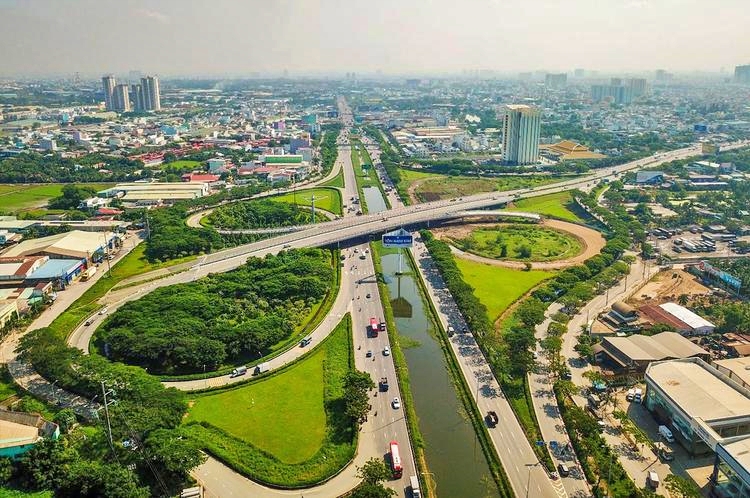
Binh Chanh District is nearly 60 km long but narrow, divided into 3 distinct areas with different conditions and development orientations.
To become a district or city, Binh Chanh district needs to invest heavily in traffic infrastructure, according to Mr. Vuong Quang Hung, Head of the Department of Traffic Construction Management, Ho Chi Minh City Department of Transport.
According to Mr. Hung, the urban infrastructure of Binh Chanh district is very poor, while this is the gateway connecting to the Mekong Delta region. However, the district has advantages to develop urban transport, because Ho Chi Minh City is adjusting the master plan to 2030 and vision to 2060, in which, major traffic routes are taken into account.
Another advantage is that Binh Chanh district has Ring Road 3 and Ben Luc - Long Thanh Expressway passing through it. In addition, there are two major projects, the Ho Chi Minh City - Trung Luong Expressway and the Ho Chi Minh City - Can Tho railway, both passing through the district.
In addition, Ho Chi Minh City has a project to develop the urban railway system from the current 200km to 500km, with many sections heading to Binh Chanh district. Along with the existing waterway potential, therefore, traffic development planning will be more convenient.
“In terms of resources, Ho Chi Minh City is piloting the TOD model (urban model along traffic projects) along Ring Road 3 and urban railway lines. With abundant land potential, the district needs to take advantage of this model to create more resources for development,” Mr. Hung commented.
Source



![[Photo] The 9th Party Congress of the National Political Publishing House Truth](https://vphoto.vietnam.vn/thumb/1200x675/vietnam/resource/IMAGE/2025/6/24/ade0561f18954dd1a6a491bdadfa84f1)
![[Photo] General Secretary To Lam meets with the Group of Young National Assembly Deputies](https://vphoto.vietnam.vn/thumb/1200x675/vietnam/resource/IMAGE/2025/6/24/618b5c3b8c92431686f2217f61dbf4f6)


![[Photo] Close-up of modernized Thu Thiem, connecting new life with District 1](https://vphoto.vietnam.vn/thumb/1200x675/vietnam/resource/IMAGE/2025/6/24/d360fb27c6924b0087bf4f288c24b2f2)







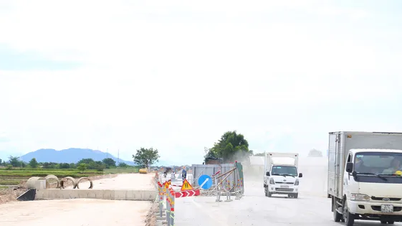








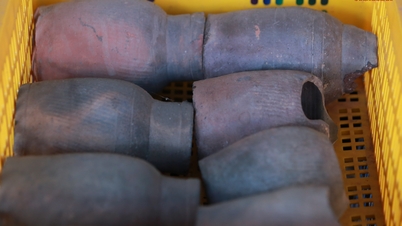
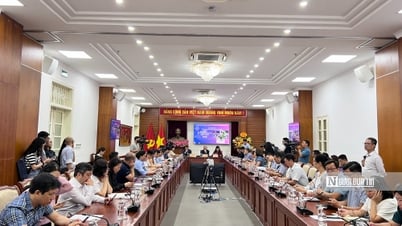
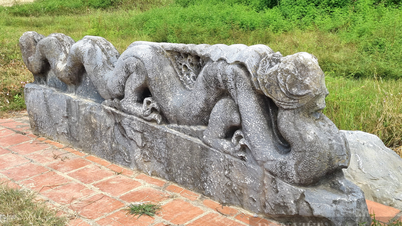

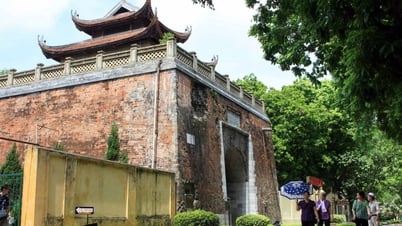

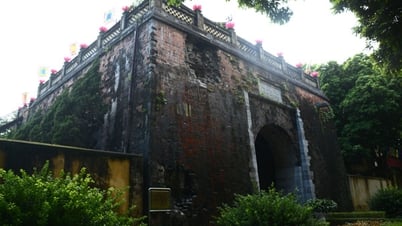




















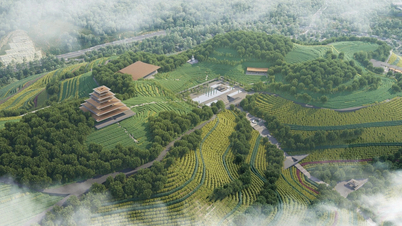

















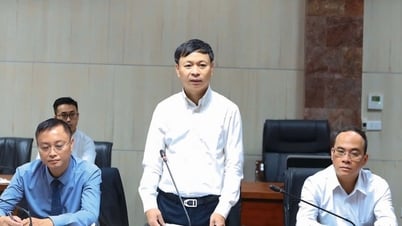





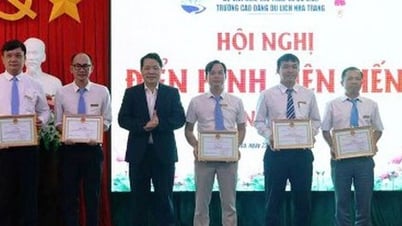



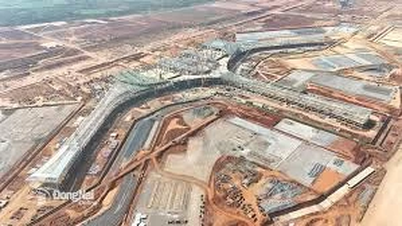

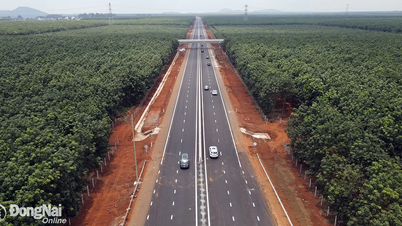
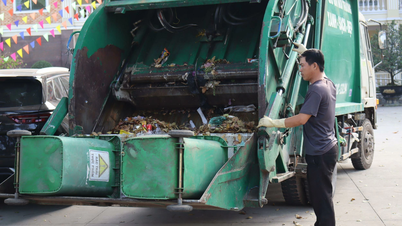
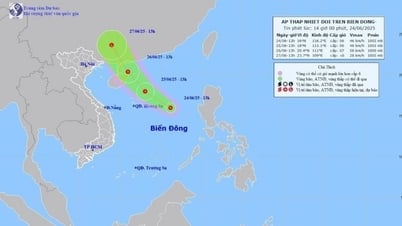

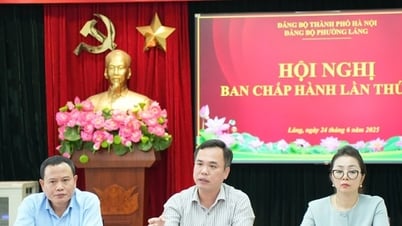

















Comment (0)